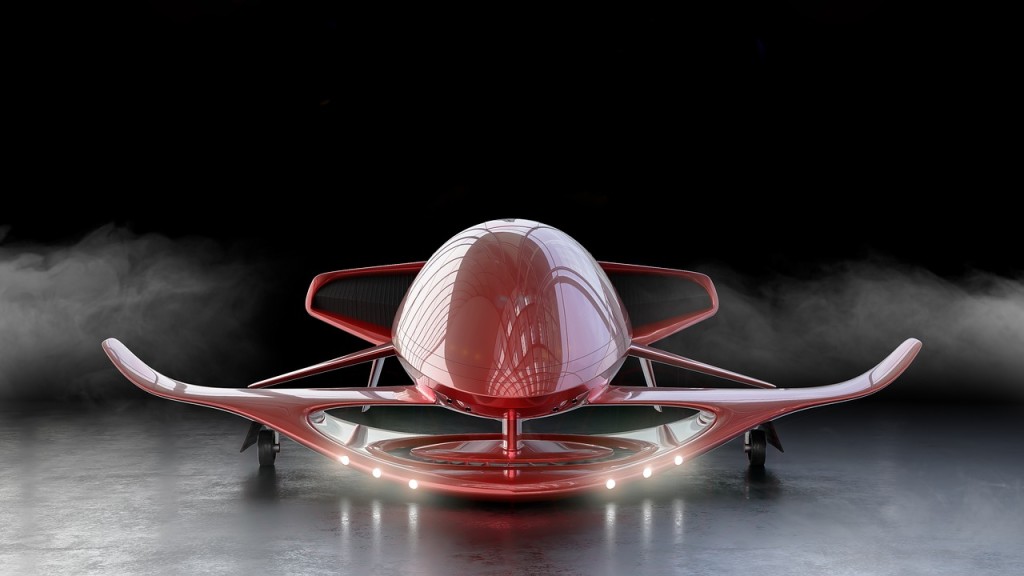As we move through the worst pandemic in our lifetimes, most thought leaders in our industry are asking the same question: Where are the delivery drones? This is exactly what Manu Lubranu, CEO of INVOLI in Switzerland, recently asked in an opinion piece urging regulators to accelerate the addition of delivery drones to the National Airspace (NAS). In the piece, Manu argues that “Drone delivery could improve substantially the situation, by providing medicines, goods and so on to the people that cannot or should not move from their home. The exchange of viruses and, thus the propagation of Covid-19, could be strongly limited. Remember, our enemy acts ‘exponentially’: We need great means to fight it. Any.”
Imagine for a moment that drone deliveries were a reality. You log into your computer from your isolation place of choice, buy supplies and they arrive the same day without any human interaction. Isn’t that the definition of what health authorities are trying to achieve?
The original motivation for unmanned deliveries used to be convenience, decongestion of existing roads and speed, but today the picture has changed dramatically, and it has done so in less than two months. The problem that we have is that most users of the system in urban areas are almost always closer to an airport, which make the restrictions about altitude and routes more stringent. This is where automation and Unmanned Traffic Management (UTM) comes in.
National civil aviation regulators around the world, such as the FAA in the USA, have not figured out yet the legal framework that would allow them to add drones and air taxis (UAM) into the current air traffic control (ATC) system. They claim that these unmanned vehicles have the potential of being very dangerous for the current air traffic, even though, at the beginning, UAMs will have pilots on board.
However, the technology to make the integration is here today, what remains to be implemented is the legal framework and the inevitable period of testing and fine tuning. And make no mistake, UAVs and UAMs are here to stay, and we have to find a way to safely add them to the NAS.
There have been several technical demonstrations around the world, and companies are already saving lives today by providing drone delivery commercially in many countries around the globe. This is thanks to regulators who have demonstrated more flexibility.
If we consider the three main objections (defined below) to adding UAVs into the NAS, the current situation we find ourselves in has reduced the risks involved in testing UAM on a large scale:
- Safety of the Flying Public. Commercial airliners have dramatically cut daily flights and therefore the skies are as uncongested as they will be for years. This situation is likely to be maintained for at least two more months.
- Risk to People on the Ground. People are, for the most part in urban areas, quarantined in their houses, therefore the risk of an accident involving a pedestrian has been reduced dramatically. This situation is also likely to be the case for another month or so.
- Noise. I believe that the population today will deal more favorably with a bit more noise if it represents getting shipments faster and with a dramatic reduction to exposure.
Of course, we are keenly aware that rushing a deployment of delivery drones in a haphazard way could have completely the opposite result and end up becoming a disaster, but it’s worth implementing some pilot programs to see how the system reacts to an unmanned presence.
One thing is clear, this transition to a new and modernized ATC system will not be a revolution but an evolution. The same aircraft manufacturers that today are racing to develop air taxi concepts are keenly and painfully aware of the fact that without a new ATC protocol there will be no sales of these new aerial vehicles, piloted or autonomous. The same is true for delivery drones—manufacturing an efficient machine and perfecting a delivery method does not guarantee safe operations in the NAS. The key to a final integration of manned and unmanned vehicles in controlled airspace lies in the seamless merging of conventional ATC and UTM.
There are a lot of different versions of UTM and a lot of development and testing happening even as we write this article, but suffice to say that UTM is a fully automated way to add a drone to a crowded sky with enough safeguards to ensure that it will not become a hazard to manned aircraft or other unmanned vehicles.
Initial testing of ATC and UTM working together, especially in Europe, has demonstrated that the technology is here, but the regulators are demanding more tests and more reliability assurances, which is perfectly understandable given the stellar record of the manned system today. But what this COVID-19 pandemic has demonstrated in abundance is that adding unmanned vehicles to the NAS will be beneficial in more ways than one and that the regulators should pay attention at the potential benefits that a full integration will have in future emergencies.















Comments